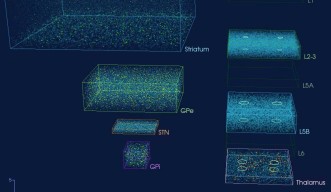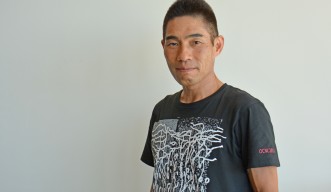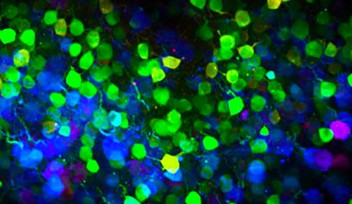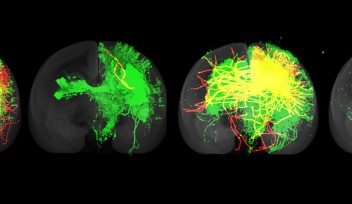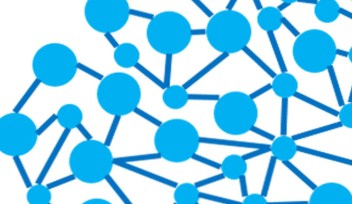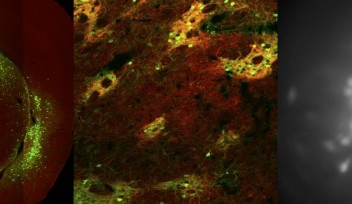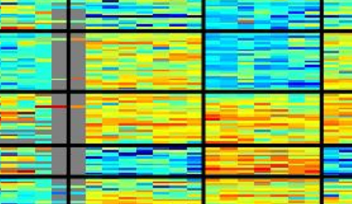Can a Next-generation Supercomputer Reveal How the Brain Works?
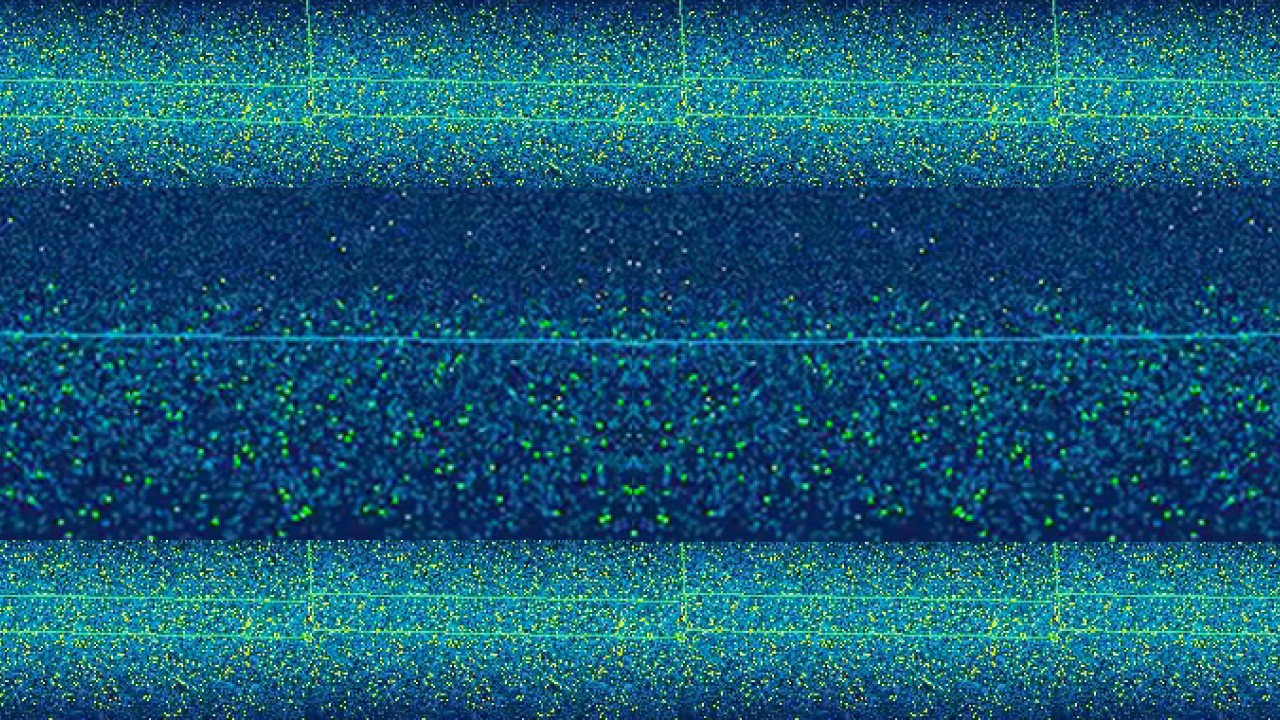
In the year 2020, Japan plans to launch the next generation of supercomputer called post K, which is about 100 times faster than the current flagship machine called K. The Ministry of Education, Culture, Sports, Science, and Technology of Japan (MEXT) called for a group of scientists and industry representatives to discuss what would be the best use of the machine. The committee recommended, in addition to nine priority issues including, environment, energy, and medicine, four exploratory challenges, including brain science and artificial intelligence. Recently, Prof. Kenji Doya of the Okinawa Institute of Science and Technology Graduate University (OIST) and colleagues from four other Japanese institutes were awarded a grant from the MEXT to create a computer model of the whole brain and brain-like artificial intelligence using the post K supercomputer.
The team consists of seven groups from five institutes, OIST, Kyoto University, Riken, the University of Electro-Communications, and the University of Tokyo. Prof. Doya will take the lead in the brain science side while Prof. Shin Ishii of Kyoto University will lead the artificial intelligence aspects. The grant allows the team to hire eight new researchers to work on the research and development. Together, over the next four years, the team will develop a brain simulation model that realizes flexible decisions and learning. They will also implement artificial intelligence that can perceive the world and make decisions in a similar way as the brain. In order to do this, they are looking at the three main components of the brain: the cerebral cortex, cerebellum, and basal ganglia.
“We believe that each of these parts of the brain perform specific types of computation and have different learning algorithms,” Doya, head of OIST’s Neural Computation Unit said. “Therefore, I have created a team that has expertise in the main brain components. This way, we can bring knowledge from all of the components to see how the brain works together.”
Another necessary ingredient to success in building a simulated model is access to data from actual brains.
“We are collaborating with the Brain/MINDS project in Japan for a large amount of data from the marmoset brain,” Doya said. “They are systematically gathering anatomical and activity data from the whole brain down to the neuron level.”
Currently, neuroscience researchers have theories about how the brain works, but there is not a realistic simulation to test whether the brain can really work that way in a whole brain scale down to the details of single neurons.
“The basic aim of our project is to test whether the models of the cerebral cortex, the cerebellum, and the basal ganglia constructed from the experimental data can actually perform the kind of computations we expect for them,” Doya said. “Our final goal is to see how those processing units of the brain fluidly work together for perception, movements and thoughts.”
From the artificial intelligence side, the major challenge is understanding the dynamic processing and learning capabilities of the brain. This is another aspect of the work the team will do during this project, which all leads to a more holistic understanding of the brain.
“This is a rare opportunity to understand by creating,” Doya said. “By constructing the brain with a computer, we can visualize how it is working and analyse the detail of brain function, which is normally quite difficult experimentally. In a simulation, we can modify parts of the brain and see what happens. This will allow us to understand the brain in a more interactive way.”
This knowledge could be helpful in a variety of applications, but is especially useful for diseases affecting the brain. “For diseases, we could systematically check which factors are affecting the function of the brain model, which gives us candidates for what is causing brain diseases and allows us to explore how to fix these diseases,” Doya said.
Research Unit
For press enquiries:
Press Inquiry Form










